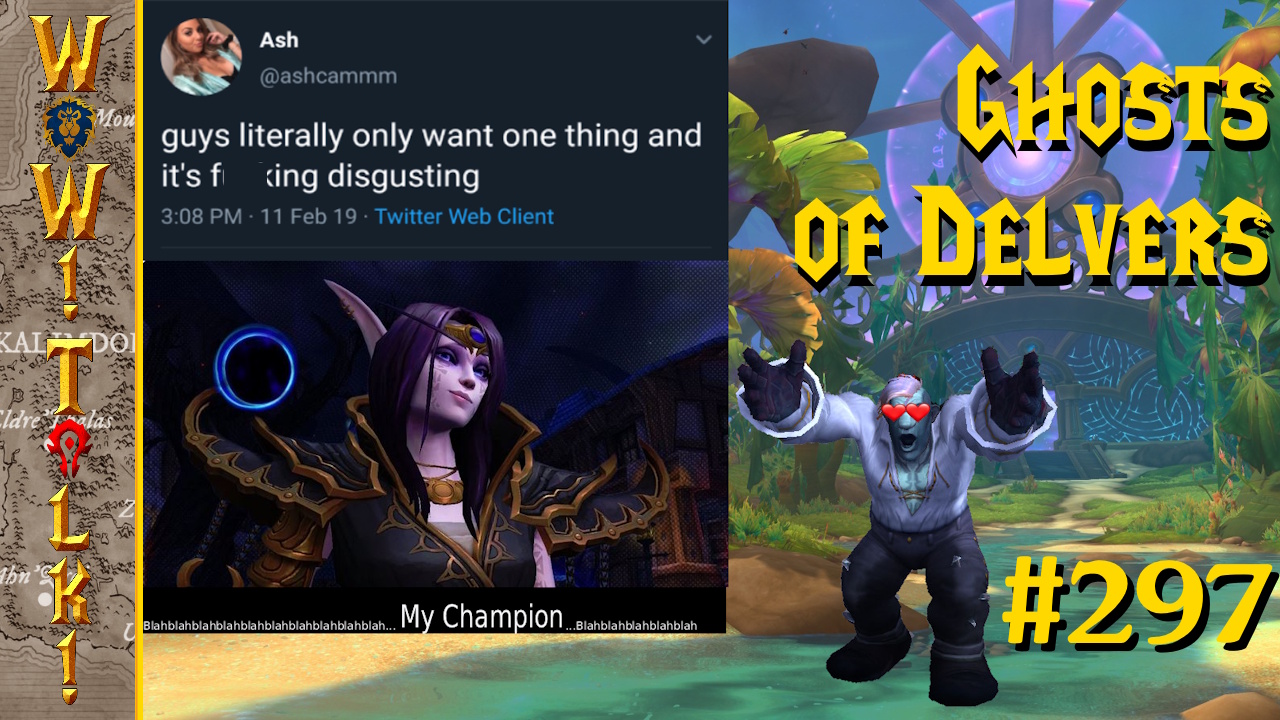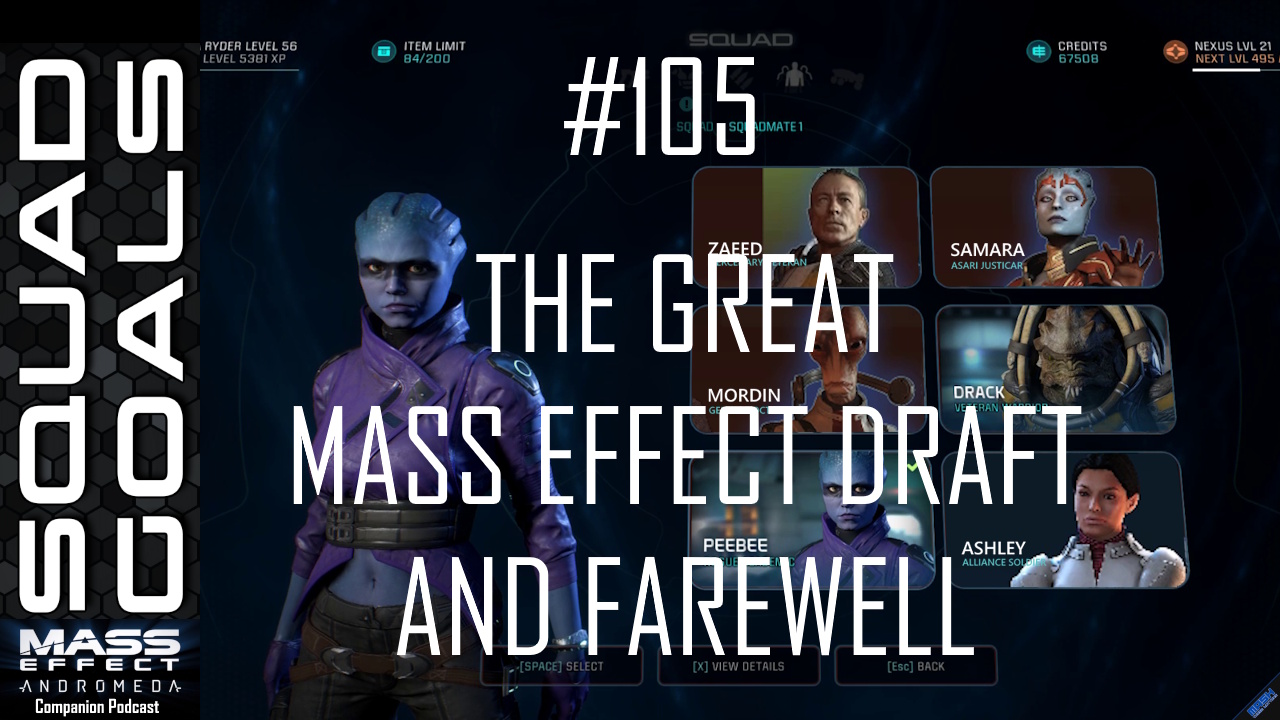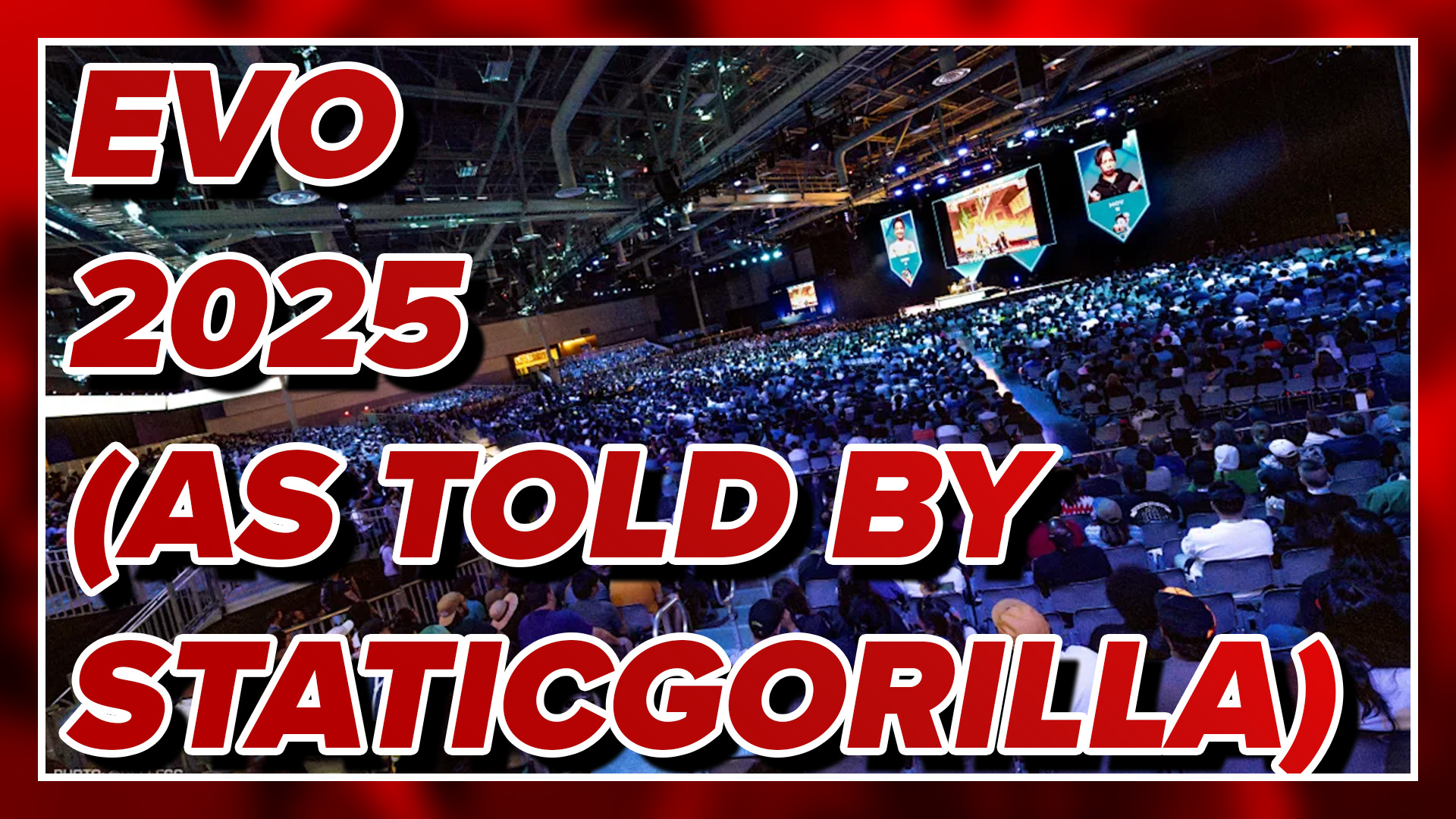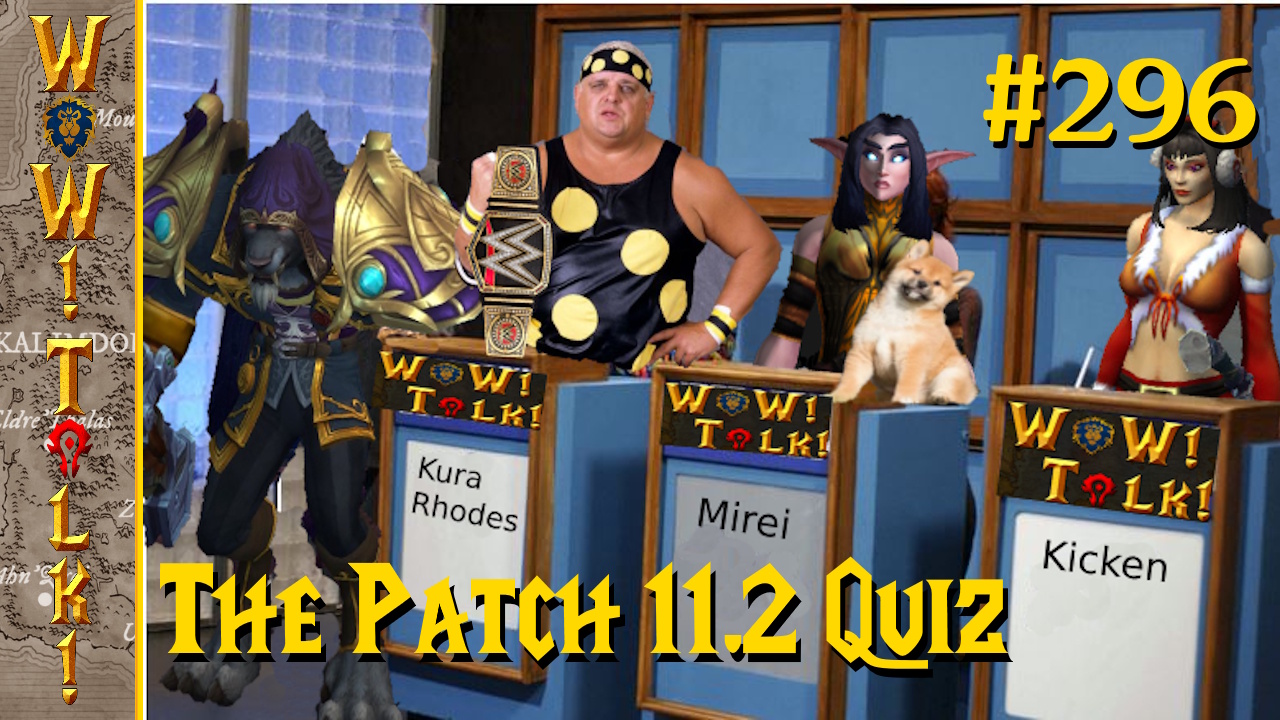
The easiest way to describe Super House of Dead Ninjas is that it is Contra on speed. While combat is focused on melee instead of gunplay, the one-hit deaths and dangerous enemies all remind me of weekends spent pushing to get just a little bit farther in Contra. Unlike that game, you’re given a cruel time limit in case you’re doing well – one that pushes you to play as fast as you can when your brain is screaming at you to slow down and take stock of the situation. Don’t think you’ll be memorizing level layouts so you can breeze through them with practice later, though, as the game’s randomized floors make preparation just about impossible. Reflexes, practice, and skill are the only things that will carry you through to the end of Super House of Dead Ninjas, and the results are glorious.
The first thing you’re probably going to do in the game is plow into an enemy. You’re not going to mean to do it, but the character moves at such a fast pace that you’ll find yourself stumbling into something within seconds of starting. It’s something I tried to compensate for in many areas by swinging my sword as fast as I could, hoping to cut down the enemies as I flew by, but you move so fast that you’re more likely to smash into the enemies between swings. It’s not so fast that it makes the game hard to control, but it does mean that your reflexes have to be spot-on if you don’t want to find yourself dying all the time.
The game is built around that speed, though, so most of its enemy placements and level design are built to give the player a bit more notice than most other games would. Hallways and drops extend far enough that you can see obstacles and hazards coming your way, so as long the player is paying attention and is quick to react, many dangers can be avoided. The more I played, the more I found that I got used to the speed and could weave around everything in my path. It soon reached a point where I was practicing the levels without allowing myself to attack so I could improve my reaction times and get better with the movement. It’s pretty smooth and the game takes player speed into account, so when you do get used to it your playthroughs will start looking very sharp.

Getting used to that speed is mandatory, as each of your lives is on a strict timer. If you find yourself doing well by taking everything at a slow pace, you’ll soon find the timer in the lower right corner dwindling down. You can pick up clock icons to fill it back up again, but they don’t show up that often, so only fast-moving players will get all that many of them. Slow, careful players will soon find themselves dogged by Death itself, who will sweep over to them and try to kill them. If you weren’t moving fast before, you will be when Death shows up. Either that or you’ll be short one more life and probably not much further than a clumsy player who was moving quickly. Embrace the game’s speed and do what you can to get used to it. It becomes comfortable, but still challenging, within time.
You have lots of combat options to deal with the enemies at high speeds, though; so what are you dragging your feet for? Beyond basic sword swipes you can do a spinning jumping attack like the screw attack from Super Metroid, and are also capable of a downward stab for when you drop down to lower levels (given the game’s entire goal is to reach the bottom floor, expect to use this one a lot). You also have an array of shurikens, bombs, and magic to damage the enemies with. Your character is dangerous at just about any range and can kill most basic enemies in one hit (especially with the downward stab), so the goal here is still to keep the player moving; dispatching enemies without stopping.
This still could have all fallen apart if it weren’t for the fact that you’re trying to reach the bottom of the tower. If this were a side-scroller or a game where you moved up the tower, speed or forward visibility might have been sacrificed. Since you have to move downward, this allows the game to move fast while stilling giving a lot of opportunity to know what’s coming. Often, the game will make you sweep back and forth across one area while you see a little bit of what’s going on in the one below you. It’s not always enough that you know exactly what’s there, but you might catch a glimpse of a specific enemy type or some of the terrain and be able to plan for it. Also, given that you’re dropping down, it’s easy to just look for the next hole in the ground to keep progressing lower as fast as possible. There’s no worrying about missed jumps or anything like that. You see a hole, you drop into it. It’s fast and gives the player a chance to plan ahead a bit. Couldn’t ask for much more than that.

You figure out the enemy types in a hurry, too, so you’ll be more than capable of planning for them when you see a bit of one. Basic ninjas tend to patrol a certain platform, with blue ones remaining on the platforms they start on and red ones dropping down whenever there’s a gap in their path. While both skeletons and monkeys charge forward, the skeletons have a noticeably different movement speed when they see you, something the player will probably find out the hard way. Larger, cloaked enemies tend to have unique attacks that will require some unique reaction, so don’t expect to kill them without dodging some trick. Enemies are also sized so that you can visibly tell how many hits they’ll take. If you see something that’s twice the size of a regular enemy you can tell that it’s going to take two hits to kill. After fighting them all a couple of times, you’ll be able to figure them out and adapt to them without even thinking.
There are just as many traps and trap enemies to trip you up, though. Be on the lookout for small changes to the floor or something odd on the floor’s surface while you’re darting by, as most of the time that indicates a dragon or some other enemy. These guys killed me a lot while on my way down the tower, so I learned not to take any change in the environment for granted. The game goes out of its way to get you used to big, visibly noticeable sources of trouble most of the time just so that it can get you with something subtle. Again, staying on your toes is the only thing that can get you through the game.
Don’t just think you can overcome this game by memorizing its layout, either. The dungeon changes every time you enter it, so each playthrough can be widely different from the last. There only seem to be so many different layouts available, though, and while some of the tiles changed there were a few areas I recognized from previous runs. The game seems to pull up chunks of dungeon at a time rather than randomizing the whole thing, so you will reach areas that you know quite well, but it does toss them at you at random. I had one run that had five or six spike pit drops all in a row, but then played the same area later and had none of them. You might develop some familiarity with specific areas by the game’s end, but not enough that you could rely on it to get you through tough spots. There’s no shortcut to the reflexes you need beyond practice.

There’s lots of practice to be had in this short game, too. Getting from top to bottom might only take a decent player under ten minutes, but doing so with enough lives to deal with the final bosses and some of the game’s hidden secrets won’t be easy. Expect to die a lot of times on the way down, getting many Game Overs in the process. Despite its short length the game does let you start at lower points in the dungeon once you’ve reached them, so even the less-dedicated players stand a good choice of at least reaching the final boss. Don’t expect to beat him without putting in a few dozen runs at the last 150 floors, though. By the time you overcome the creature you’ll be pretty good at weaving around the game’s traps and enemies.
The game’s not finished with you when you pull that off. There are a lot of unlockable upgrades and weapons you can collect through skilled play. Many of the initial ones can be unlocked without much trouble, giving unskilled players a chance to get a leg up on this hard game. Personally, I was pretty happy when I unlocked the +4 Extra Lives Per Continue bonus, something the game gives you after you’ve died 300 times. I got that in a little over an hour of play. It made my early, fumbling forays into the game more fun because I was still getting new toys every time I played. As I got better, I could attempt more difficult challenges to get even better weapons; ones where I killed bosses with only my sword or gained 25000 points in one life. There are even harder ones than that for the truly skilled, bordering on professional speedrunner difficulty; so there’s something for everyone to keep each run interesting. It may be a short game, but these unlockables provide new ways to play for people who’ve already finished it.
If that doesn’t do it for you, perhaps having infinite levels might interest you. The game comes with a level creator; one that’s beyond easy to work with. You can set to work plunking down tiles to create your own stages within seconds, so if you feel like challenging yourself in some unique way that option is there. You can also upload your levels onto Steam for other players to try out, or you can access any of the levels that other players have put up there. The main game is pretty great and exciting in and of itself, but adding on thousands of different level possibilities through the level editor give this game as much replay value as you can stand.
It is a fast and frantic game for every moment you spend with the main game, though. You’d never know that you’d only been playing it for five or six minutes by the time you reach that first Game Over, as each second you’ve spent playing required your full attention. I even had a hard time recalling the music I’d been listening to during my entire playthrough, only noticing that it changed every once in a while during the infrequent points where the game was calm for a few seconds after a boss. This game demands you entire attention and all of your skill when you play it, making for some of the most harrying times I’ve ever had with a platformer. If you want to create a game for when someone only has a few minutes to play, this is how you do it. Make every second count. Make every second of life something the player has earned.




